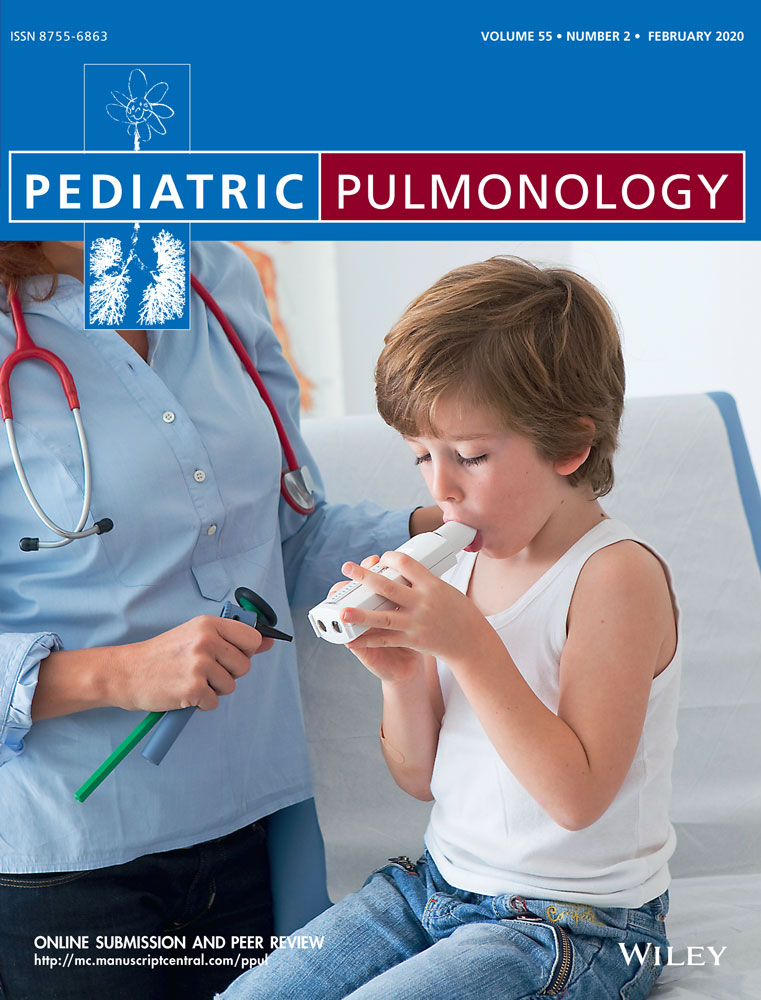Genotype and phenotype evaluation of patients with primary ciliary dyskinesia: First results from Turkey
Abstract
Background and objective
Primary ciliary dyskinesia (PCD) is a rare and genetically heterogeneous disease and the severity of the disease related with genetic analysis has been described in some previous studies. The main aim of our study was to describe the clinical characteristics and laboratory findings of patients with genetically diagnosed PCD and to investigate the correlation between clinical, radiologic, and laboratory findings and genetic analyses of these patients.
Method
This is a cohort study in which we analyzed the clinical characteristics, laboratory findings, and genetic results of 46 patients with genetically diagnosed PCD through whole-exome sequencing at our single center from a total of 265 patients with PCD within a 5-year period.
Results
Genetic analysis revealed pathogenic variants in DNAH5 (n = 12 individuals, 12 families), CCDC40 (n = 9 individuals, six families), RSPH4A (n = 5 individuals, three families), DNAH11 (n = 4 individuals, four families), HYDIN (n = 5 individuals, five families), CCNO (n = 4 individuals, four families), DNAI1 (n = 2 individuals, one family), ARMC4 (n = 2 individuals, two families), TTC25 (n = 1), DNAH1 (n = 1), and CCDC39 (n = 1) genes. Although not statistically significant, the age at diagnosis was lower (median: 3 years; range, 6 months-4 years) in patients with CCNO pathogenic variants due to the early reporting of symptoms, and the median body mass index (BMI) and BMI z scores were lower in patients at 18.7 and 16 kg/m2, and −0.78 and −1.2 with CCDC40 and CCNO pathogenic variants, respectively. The median forced expiratory flow in 1 second (FEV1%), forced vital capacity (FVC%), and forced expiratory flow (FEF)25-75% were 53%, 64%, and 28%, respectively; these parameters were also lower in the CCDC40 group than in the other groups. There was no significant correlation between the genetic results and symptoms, radiologic findings, and microbiologic data of patients with PCD.
Conclusion
In PCD, there was significant heterogeneity of lung disease, patients who had pathogenic variants in CCNO presented earlier, and those with CCDC40 and CCNO had worse lung disease, and poorer nutritional status compared with the other subgroups. We hope that whole genotype-phenotype and clinical relationships will be identified in PCD.
CONFLICT OF INTERESTS
The authors declare that there are no conflict of interests.




